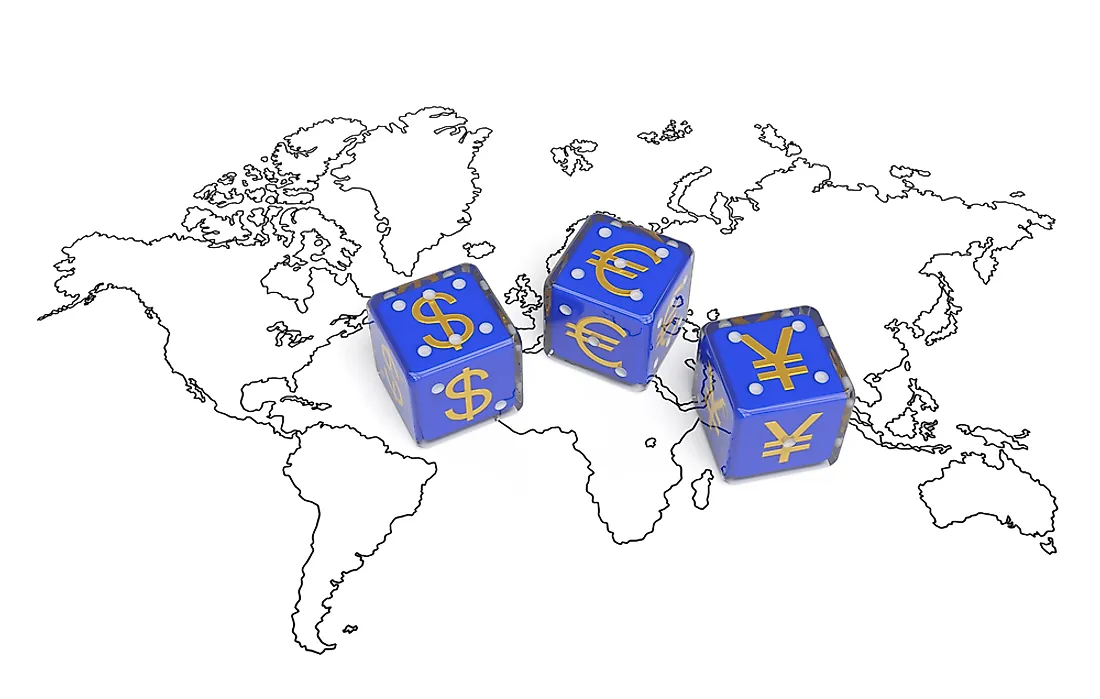What is Hegemony?

Hegemony refers to the dominance by either a social group or a country over others. The dominance may either be economic, political, or military. The term originated from the Greek word “hegemon” meaning “leader” or simply “dominance over.” The ancient Greeks used the term to denote the politico-military dominance of one city over the other. In the 19th century, hegemony meant either cultural or social predominance. One of the sociologists by the name Karl Marx drafted the Marxist Theory of cultural hegemony. He states that hegemony is the idea that the ruling class can influence the mores and value system of society.
Historical Examples of Hegemony
There has always been a ruler or dynasty that dominates over the others. For instance, between the 8th and 1st centuries BCE, the city-state of Sparta dominated over the Peloponnesian League. Furthermore, the Chinese hegemony was experienced during the Spring and Autumn period of 770-480 BCE in Ancient East Asia. Then in the 1st-14th centuries CE, an Indian leader called Harsha brought most of northern India under his hegemony. During the 15th-19th centuries, the Western countries dominated most of the world. There were several hegemonic powers such as Portugal (1494-1580), Holland (1580-1688), Britain (1688-1792 and 1815-1914), Spain, and Germany among others.
During the early 20th century, the world experienced multiple hegemonic powers. However, during and after the World War I and World War II, a new crop of dominating nations arose. They included China, France, USSR, the UK, and the US. Among the five nations, USSR and the US were the leaders. They represented two conflicting ideologies: communism and capitalism. After the dissolution of the Soviet Union in 1991, the US became the world’s hegemonic power over all nations of the world.
Hegemony in the 21st Century
In the 21st century, it has become difficult to point to a specific world hegemon. But, there are suggestions that China could be on its way to overtaking the United States as the dominating world leader. The US does not seem to have the military or financial muscles to impose a formal global hegemony. Amidst the contentions, the dominating leaders of the world according to Forbes are the Russian President Vladimir Putin, and following him closely is Donald Trump the President of the United States. The third leader is German Chancellor Angela Merkel.
Forms of Hegemony
As mentioned earlier, hegemony may take on different forms such as cultural hegemony, monetary hegemony, and regional hegemony among others.
Cultural Hegemony
Cultural hegemony as advanced by the Marxist philosophy is the domination of a particular ruling class over a culturally diverse society. This ruling class influences the society with their values, perceptions, and beliefs. Eventually, these beliefs become societal norms and universally dominant ideologies. Consequently, the ruling class succeeds in justifying the political, social, and economic status quo as an inevitable part of the society’s development. The status quo ceases to be a means by which the ruling class enrich themselves. In politics, hegemony symbolizes indirect imperial dominance.
Monetary Hegemony
Monetary hegemony, on the other hand, is a scenario whereby one country has decisive influence over the operations of the international monetary system. Such a state would need to have access to international credits, ability to manage balance of payments (BOP) problems since it is free of any BOP constraints, foreign exchange markets, and the power to enforce a unit of account which is responsible for the world’s economic calculations. An example of such dominance is the US dollar’s dominance over many other currencies in the world’s forex markets. According to Michael Hudson’s Super Imperialism, the US dollar seems to gain the wholesome support of the International Monetary Fund (IMF) and the World Bank.
Regional Hegemony
Regional hegemony occurs when one country influences the others within a region. It becomes the regional hegemony. The relationship between a regional hegemony and the neighboring countries is always similar to that of the world hegemony and the other states. According to a famous international relations scholar known as John Mearsheimer, countries pursue regional hegemony because of the uncertainty of other nations’ intentions and the desire for survival in the battle for dominance. Mearsheimer believes that it is not possible to attain global hegemony. Examples of regional hegemons include the United States in the Americas, Nigeria in West Africa, and Indonesia in Southeast Asia.
Challenges Caused By Hegemony
The major challenge of hegemony is how to react to an emerging power against an existing hegemony. There is a conflict on whether to cooperate with them or to punish them. An example of such an emerging power is China. China will soon be accredited as the world’s second-largest producer of services and goods. Before the world knows it, it will have become the world’s largest economy. On the other hand, in the recent past, the US has been a victim of both political and economic challenges. Soon, it will not be a surprise to see a bipolar hegemony of the world by China and the US. America is still the world leader in military weaponry. Seeing North Korea excelling in nuclear weaponry threatens the dominance of the US.
In conclusion, hegemony is simply the dominance of one state over another due to their economic, political, regional, monetary, or cultural prowess.











